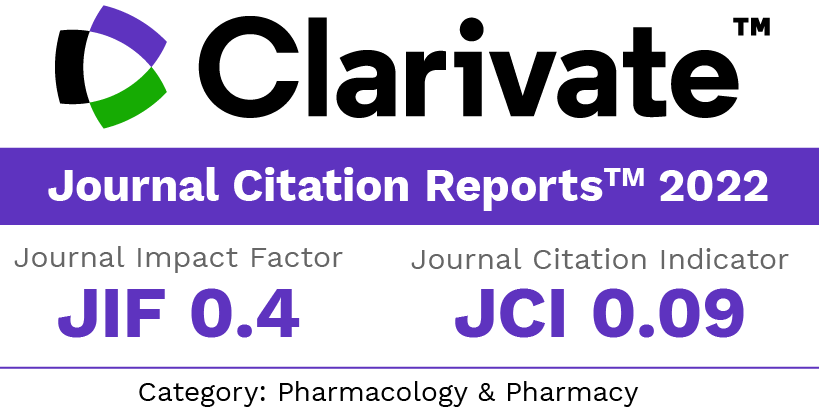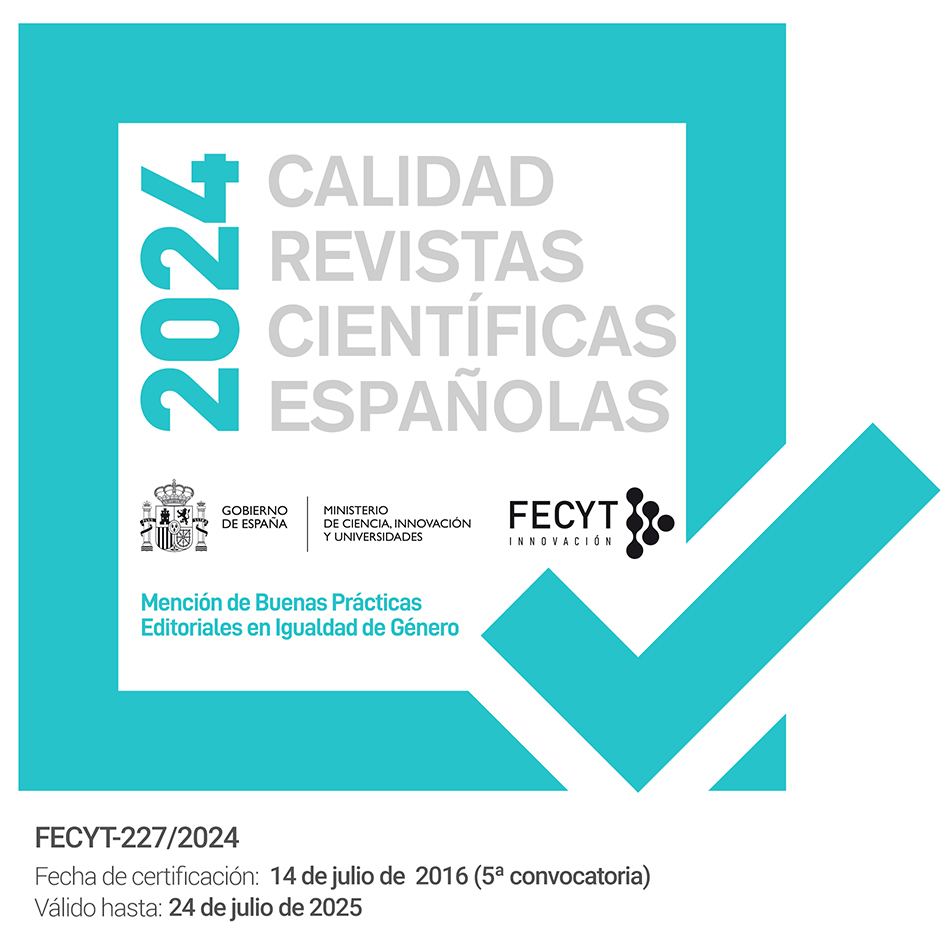Development of Gastro Retentive Drug Delivery System of Cephalexin by using Factorial Design
Keywords:
Floating drug delivery systems (FDDS), 23 factorial design, cephalexin (CFL), Fourier Transform Infrared Spectroscopy (FT-IR) and Scanning electron microscopy (SEM)Abstract
The objective of this research work was to formulate and optimize the floating drug delivery system containing cephalexin using 23 factorial design. Floating tablets were prepared by direct compression method incorporating HPMC K4M, xanthan gum, guar gum, sodium bicarbonate and tartaric acid as gas generating agent. The influence of independent variables like, polymer: polymer ratio, polymer type and tartaric acid on floating lag time and cephalexin release profile were studied. The diffusion exponent (n) of Krosmeyer Peppas for optimized formulation was found to be 0.635 which indicates the mechanism of drug release was anomalous transport. Floating lag time of optimized formulation was 1.50 min and remained buoyant for 24 hrs. Optimized formulation was checked for stability at 40ºC / 75% RH which was found to be stable. Scanning electron microscopy study revealed gel formation. FT-IR studies revealed that there was no chemical interaction between cephalexin and other excipients.Downloads
References
Deshpande AA, Shah NH, Rhodes CT, Malick W. Controlled-release drug delivery systems for prolonged gastric residence: an overview. Drug Dev Ind Pharm 1996; 22: 531–539.
Whitehead L, Collett JH, Fell JT. Amoxycillin release from a floating dosage form based on alginates. Int J Pharm 2000; 210(1-2): 45-9.
Koner P, Saudagar RB, Daharwal SJ. Gastro-retentive drugs: a novel approach towards floating therapy. Available at www.pharmainfo.net Sep 19th 2007.
Ponchel G, Irache JM. Specific and non-specific bioadhesive particulate system for oral delivery to the GI tract. Adv Drug Del Rev 1998; 34: 191-219.
Lenaerts VM, Gurny R. Bioadhesive Drug Delivery Systems. Boca Raton, FL: CRC Press; 1990.
Deshpande AA, Shah NH, Rhodes CT, Malick W. Development of a novel controlled-release system for gastric retention. Pharm Res 1997; 14: 815-819.
Rednick AB, Tucker SJ, inventors. Sustained release bolus for animal husbandry. US patent 3 507 952. April 22, 1970
Davis SS, Stockwell AF, Taylor MJ, et al. The effect of density on the gastric emptying of Ars Pharm, Vol. 50 nº1; 8-23.
Urguhart J, Theeuwes F, inventors. Alza Corporation, assignee. Drug delivery system comprising a reservoir containing a plurality of tiny pills. US patent 4 434 153. February 28, 1994.
Mamajek RC, Moyer ES, inventors. McNeilab, Inc, assignee. Drug dispensing device and method. US patent 4 207 890. June 17, 1980.
Fix JA, Cargill R, Engle K. Controlled gastric emptying, III: GRT of a non-disintegrating geometric shape in human volunteers. Pharm Res 1993; 10: 1087-1089.
Kedzierewicz F, Thouvenot P, Lemut J, Etinine A, Hoffonan M, Maincene P. Evaluation of peroral silicone dosage forms in humans by gamma-scintigraphy. J Cont Rel 1999; 58: 195-205.
Ali J, Arora S, Ahuja A, Babbar AK, Sharma RK, Khar RK. Formulation and Development of Floating Capsules of Celecoxib: In vitro and In vivo Evaluation. AAPS PharmSciTech 2007; 8 (4): E1-E8
Goole J, Vanderbist F, Amighi K. Development and evaluation of new multiple-unit levodopa sustained-release floating dosage forms. Int J Pharm 2007; 334: 35–41
Streubel A, Siepmann J, Bodmeier R. Floating matrix tablets based on low density foam powder: effects of formulation and processing parameters on drug release. Eur J Pharm Sci 2003; 18: 37–45.
Choi BY, Park HJ, Hwang SJ, Park JB. Preparation of alginate beads for floating drug delivery system: effects of CO2 gas-forming agents. Int J Pharm 2002; 239(1-2): 81-91
Arora S, Ali J, Ahuja A, Khar RK, Baboota S. Floating drug delivery systems: a review. AAPS PharmSciTech 2005; 6: 372-390.
Chavanpatil M, Jain P, Chaudhari S, Shear R, Vavia P. Development of sustained release gastro retentive drug delivery system for ofloxacin. Int J Pharm 2005; 304: 178-184.
Wua SG, Laia EPC, Mayer PM. Molecularly imprinted solid phase extraction–pulsed elution–mass spectrometry for determination of cephalexin and α-aminocephalosporin antibiotics in human serum. Journal of Pharmaceutical and Biomedical Analysis 2004; 36: 483–490
Available at http://en.wikipedia.org/wiki/Cefalexin
Available at http://www.drugbank.ca/drugs/DB00567
Available at www.the DoctorsLounge(TM).html
Brunton LL, Lazo JS, Parker KL. Goodman and Gilman’s, the pharmacological basis of therapeutics. 11th ed. Mc Graw Hill comp; 2006: pp 1147.
Florey K, editor. Analytical profiles of drug substances. Academic press; 2005: vol 4. pp 23-43.
Patel SA, Patel NM, Patel MM. Spectrophotometric methods for the estimation of cephalexin in tablet dosage forms. Ind J Pharm Sci 2006; 68 (2): 278-280
Downloads
Published
How to Cite
Issue
Section
License
The articles, which are published in this journal, are subject to the following terms in relation to the rights of patrimonial or exploitation:
- The authors will keep their copyright and guarantee to the journal the right of first publication of their work, which will be distributed with a Creative Commons BY-NC-SA 4.0 license that allows third parties to reuse the work whenever its author, quote the original source and do not make commercial use of it.
b. The authors may adopt other non-exclusive licensing agreements for the distribution of the published version of the work (e.g., deposit it in an institutional telematic file or publish it in a monographic volume) provided that the original source of its publication is indicated.
c. Authors are allowed and advised to disseminate their work through the Internet (e.g. in institutional repositories or on their website) before and during the submission process, which can produce interesting exchanges and increase citations of the published work. (See The effect of open access).


















